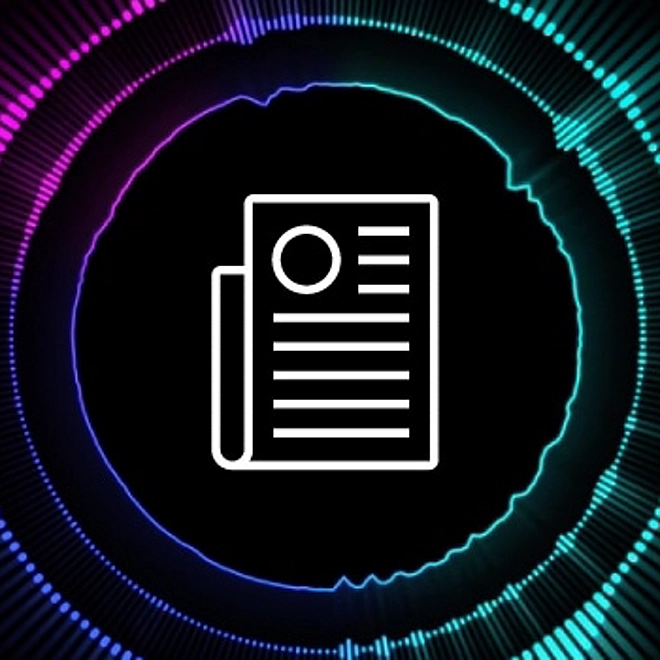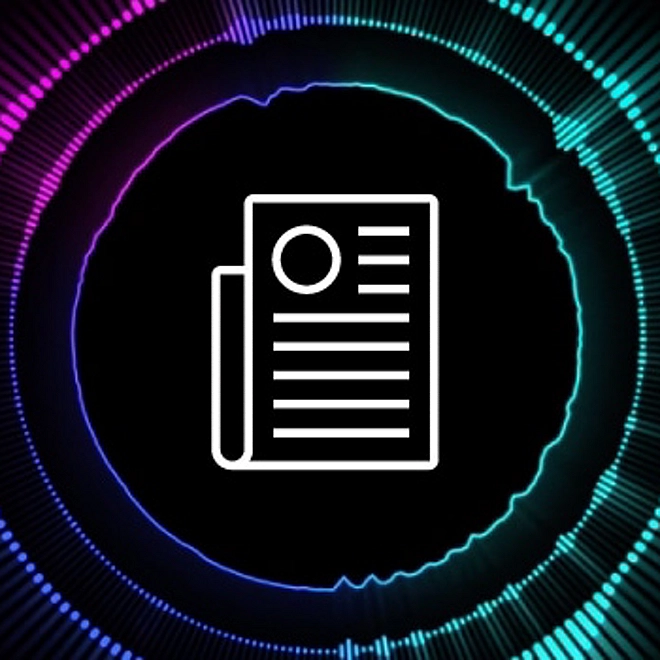Digital capabilities model for supply chain: The guide for a major transformation
The Kinetic Enterprise: Enabling your Digital Supply Network
The shift to evolve supply chains from linear structures to integrated networks is requiring organizations in every industry to adopt more responsive capabilities and become a Kinetic Enterprise™. The challenge? Proactively designing digital supply networks that drive value rather than reactively responding to disruption.
Three thought leaders on digital supply chain transformations weigh in on how today’s strategic, digitally-driven networks drive improvements, identify gaps and establish performance metrics, and how the Association for Supply Chain Management (ASCM) and Deloitte are bringing this new model to life for supply chain professionals.
Awareness and approach
In March 2020, when people around the world were greeted by empty grocery store shelves, the average consumer became aware of the concept of a ‘supply chain’. Combined with the global reach of commerce, supply chains have moved from being linear linkages and handoffs to complex mature networks driven by sophisticated digital technology.
It’s at this nexus of technology and global business that organizations have the opportunity to transform their supply chain into a powerful network that can react, adapt, withstand and have a positive impact on their customers’ lives.
Peter Bolstorff, Executive Vice President for Corporate Development at ASCM, offers three things organizations are doing to make that digital transformation possible:
- Standardizing processes–Using SCOR–a 1996 operations model that links business processes, performance metrics, practices, and people skills into a unified structure–companies are redefining the standard to actually fully leverage the systems that they own today.
- Investing in collaboration–Pulling in points of view from across the business makes the supply chain more flexible and agile.
- Thinking big, acting small to scale fast–This approach pressure-tests the supply chain along the transformation journey and ensures when the time comes to scale, the organization is ready.
DCM as a transformation guide
While SCOR has become a reference model to guide improvement, for Chris Richard, Principal, Deloitte Consulting LLP, a crucial element is still missing. “SCOR does not assist users in helping to guide a major transformation.” Enter the Digital Capabilities Model (DCM) for Supply Networks.
A collaboration between ASCM and Deloitte, the SCOR-compatible model helps professionals envision and build digitally-enabled capabilities required to transform their supply chains into dynamic networks. “When we invented DCM, we ensured it was fundamentally underlain by what can technology enable.”
DCM allows organizations to choose the capabilities that will make the biggest difference to the business and make them the priority. Vadhi Narasimhamurti, Principal, Deloitte Consulting LLP, “It allows you to focus on the things that matter initially and then focus on the rest aided by technology.”
For Bolstorff, there’s another element that makes DCM a necessary part of transformation, essentially taking SCOR to the next level. “The model has allowed people to consider how they tie digital investments back to competitive strategy. With DCM, organizations choose capabilities, and then can see how they relate to other ones and actually achieve that competitive advantage.”
The human and physical connection
Any conversation around a digital supply network will eventually wend its way to the human element. Says Bolstorff “Creativity and teamwork are human elements that will accelerate tech-based innovation. We need to teach people how to use technology, not replace them by it.”
That shift–using technology to make a people-run organization better–is at the heart of good digital supply chain networks. “It's about how do we use technology and robots so our team can get the job done better, faster, cheaper.”
Narasimhamurti agrees. “The core of making it successful are people who adapted the technology and really shape it [technology] to influence outcomes that we're looking for, and not the other way around.”
Consider, as an example, the continuous loops supply chain networks can create between and within the physical and digital worlds. The first is a physical-to-digital loop, wherein sensors used in the physical world can track goods and generate data. The digital-to-digital loop is the conventional concept of information technology: data is being exchanged and processed. The third, digital-to-physical, is brought to life with, as an example, 3D printing.
Next-gen capabilities and the next generation
Narasimhamurti highlights how the next-gen capabilities being built into digital supply chain networks will need the support of the next generation of supply chain professionals. “We know technology plays a critical role in the supply chain network, but what’s equally important is ensuring future professionals already have this knowledge built in.”
To address that challenge, ASCM and Deloitte work with an academic advisory panel of about 20 different professors leading in different supply chain domains. They also work with Morgan Swink, of TCU’s Neeley School of Business who is piloting the first-ever course on DCM. The relationship has yielded a closed loop of real-time feedback and ideas that are helping refine the DCM. Says Narasimhamurti “That's why the relationship that ASCM and Deloitte has with academia is so critical.”



